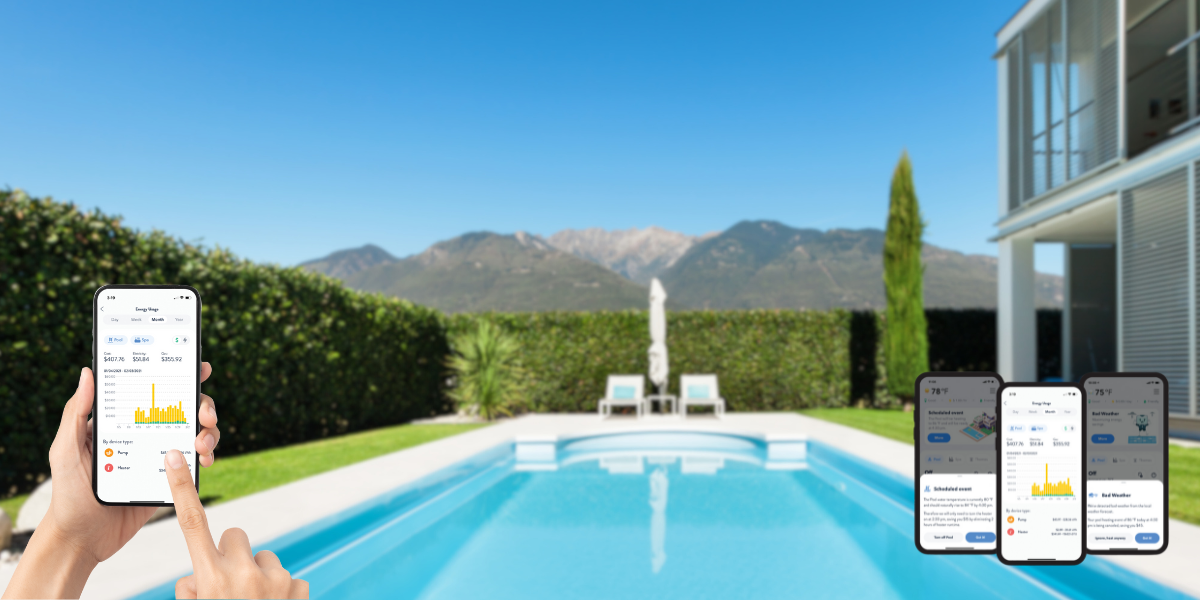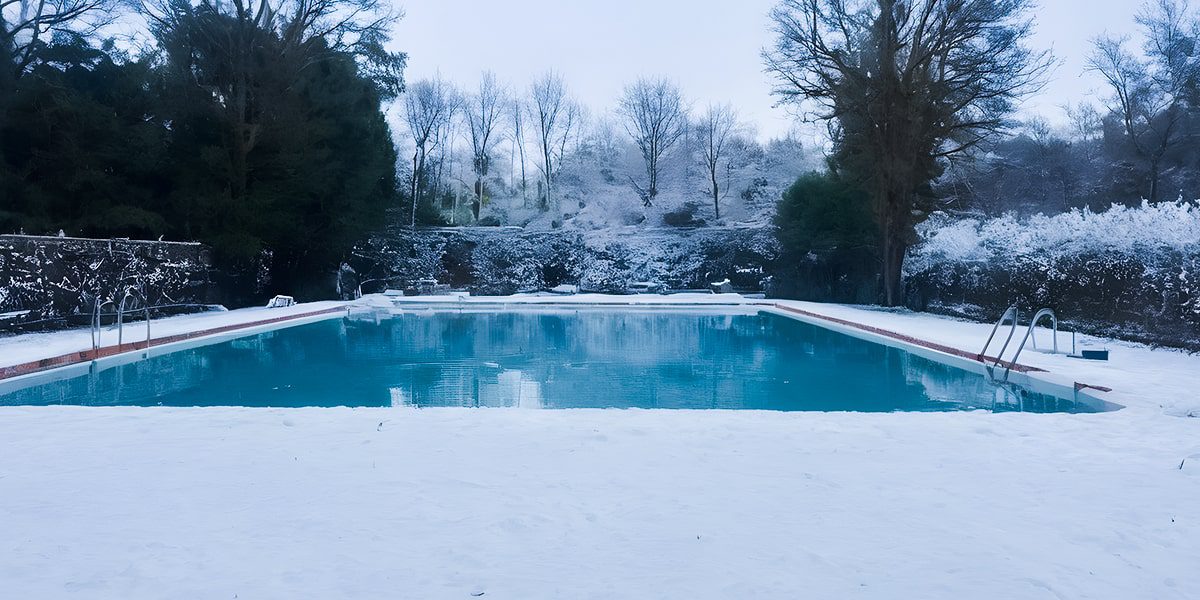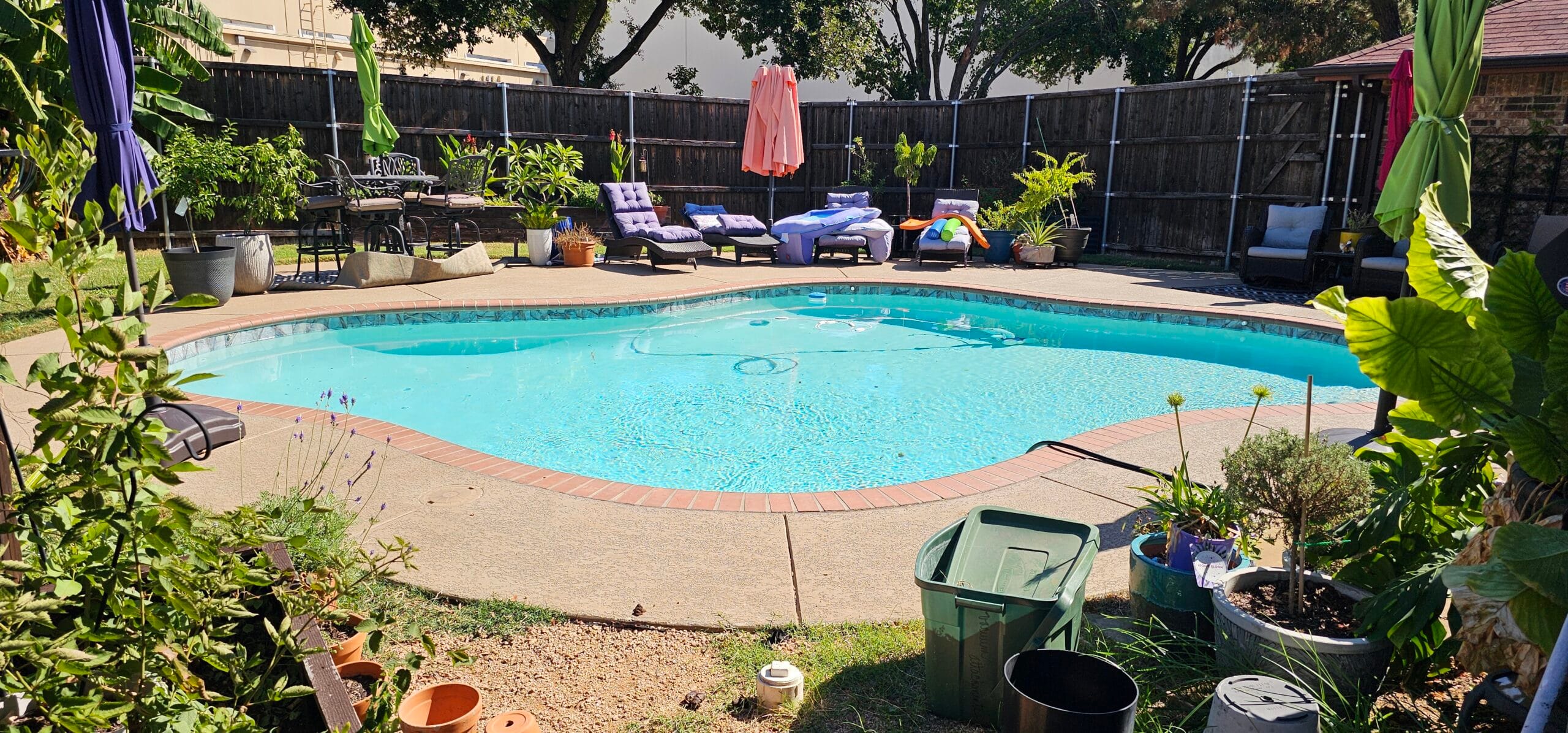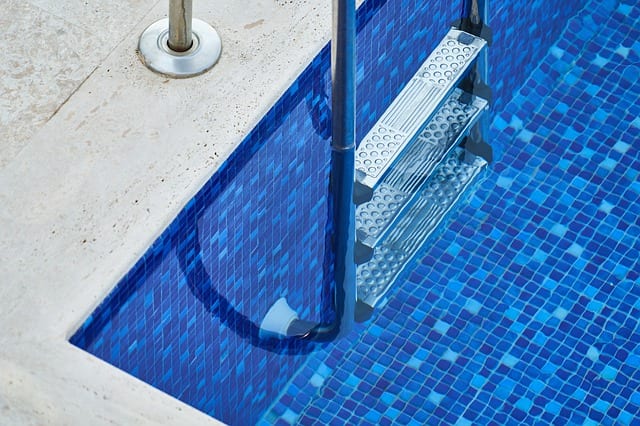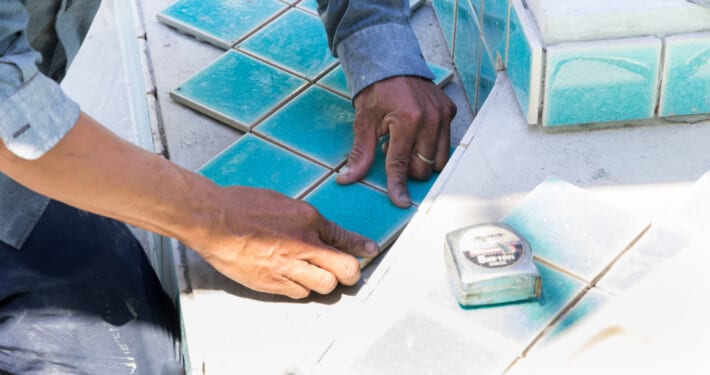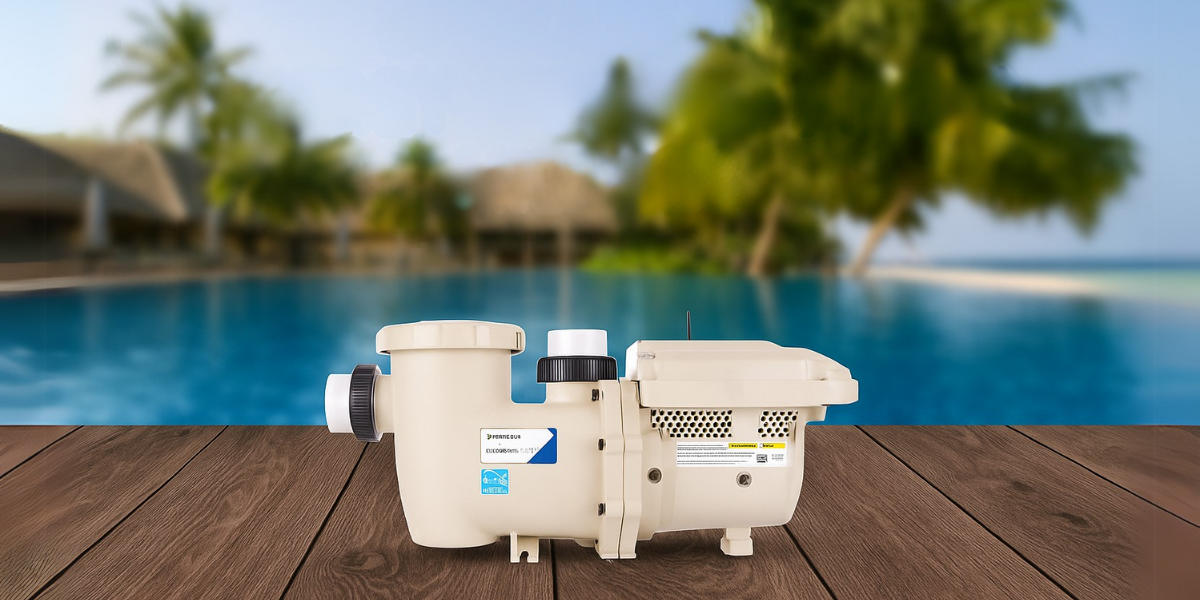Keeping your swimming pool sparkling clean isn’t just about skimming leaves and debris off the surface. One of the most crucial aspects of pool maintenance is regularly shocking your pool. Shocking, also known as super chlorination, is a method used to keep pool water safe and clear by adding a large dose of chemicals to the water. This process kills bacteria, algae, and other pathogens, ensuring your pool remains healthy and inviting. This guide will walk you through everything you need to know about how to shock your pool effectively.
Jump to
What is Pool Shocking?

At its core, pool shocking is the practice of adding a chemical oxidizer to the pool water to drastically raise the chlorine level for a short period. This sudden spike in chlorine levels eliminates chloramines (combined chlorine) and other organic compounds that contribute to cloudy water, unpleasant odors, and irritants that can cause skin and eye irritation. Shocking breaks these compounds down, allowing the chlorine in your pool to work more efficiently as a disinfectant.
3 Types of Pool Shock
Understanding the different types of pool shock can help you choose the right one for your pool’s needs:
Calcium Hypochlorite:
 Known for its effectiveness and affordability, calcium hypochlorite has a high chlorine content and is typically used for weekly maintenance. It requires dissolving in water before use and is best added to the pool in the evening, as it is unstabilized and degrades quickly in sunlight.
Known for its effectiveness and affordability, calcium hypochlorite has a high chlorine content and is typically used for weekly maintenance. It requires dissolving in water before use and is best added to the pool in the evening, as it is unstabilized and degrades quickly in sunlight.
Dichloroisocyanuric Acid (Dichlor):
 This stabilized form of chlorine is ideal for a quick shock treatment as it dissolves rapidly and doesn’t require pre-dissolving. Its stabilized nature means it lasts longer in the pool, making it a good choice for sunny conditions.
This stabilized form of chlorine is ideal for a quick shock treatment as it dissolves rapidly and doesn’t require pre-dissolving. Its stabilized nature means it lasts longer in the pool, making it a good choice for sunny conditions.
Potassium Monopersulfate:
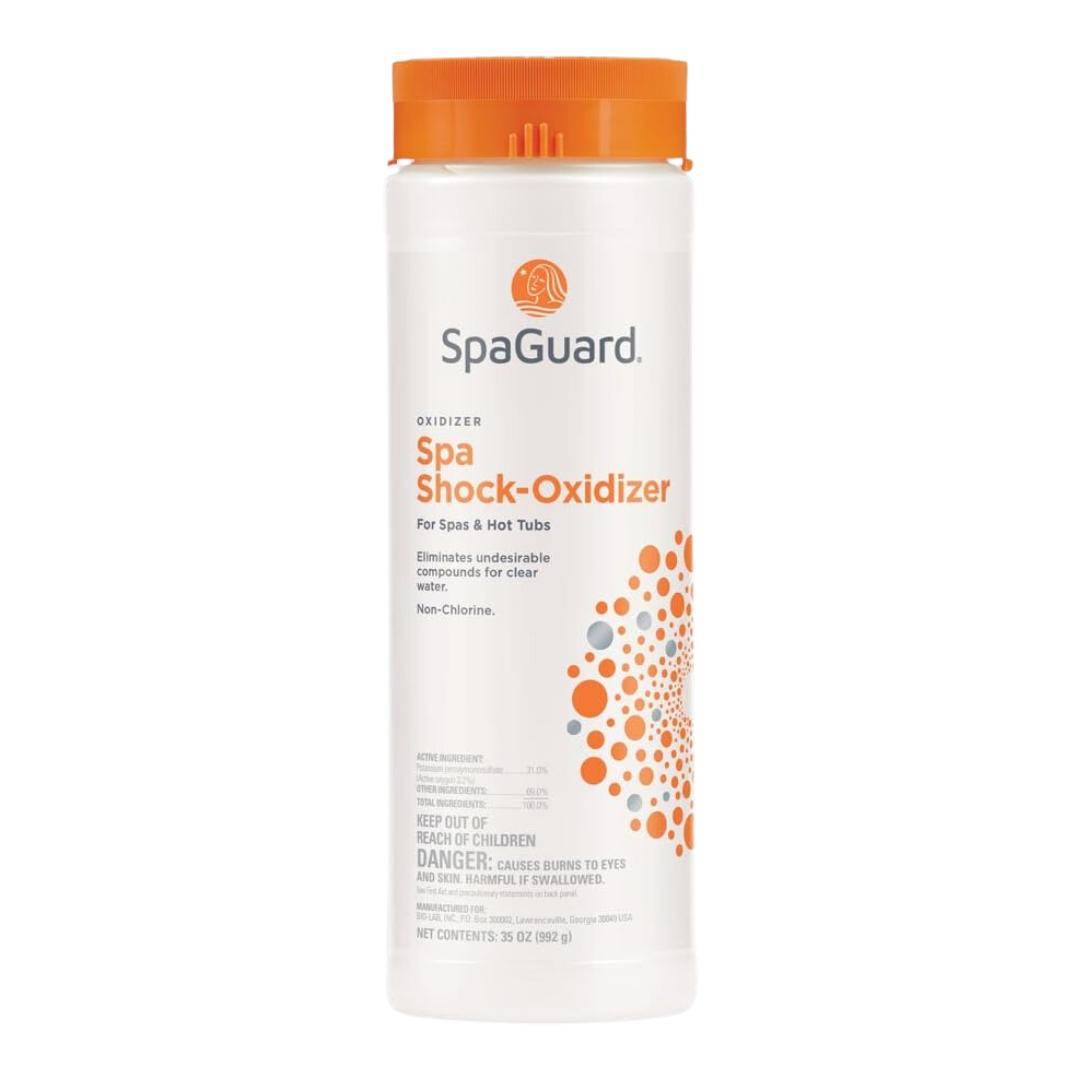 A non-chlorine shock that oxidizes water contaminants without increasing chlorine levels. It’s perfect for pools used by people with chlorine sensitivities and allows for swimming almost immediately after treatment.
A non-chlorine shock that oxidizes water contaminants without increasing chlorine levels. It’s perfect for pools used by people with chlorine sensitivities and allows for swimming almost immediately after treatment.
When to Shock Your Pool
As a general rule, you should shock your pool weekly or every other week. The more you use your pool, the more you’ll need to shock it to maintain clear pool water.
Here are some other times when you should consider shocking a pool.
Opening and Closing the Pool for the Season
When you open your pool for the season, you should shock it to kill all the algae that has developed over the spring. Shocking a pool prior to closing it is smart because it will make cleaning it in the spring so much easier.
Swimmers Experience Skin or Eye Irritation
Have you ever felt your eyes get red and sore from a swimming pool? Most people think that means there is too much chlorine. But the fact is that when a pool irritates your eyes or skin there is a build up of combined chlorine in the pool. A shock will fix this issue.
After a Pool Party
When you have a big group of people in the pool, they are bound to bring all sorts of bacteria into the water with them. As a result, the chlorine levels in your pool can drop big time. You can regulate your water by doing a pool shock after heavy use.
After Heavy Rains
Big rainstorms will increase your pool’s pH levels. The rain will also bring in various contaminants. It’s a good idea to give your pool a shock after storms to keep your water from becoming cloudy.
After Heat Spells
Hot, sunny days are a given in the summer. But when your area experiences extended heat and sunshine, your pool temperature will rise.Then, bacteria are able to grow in your swimming pool water. You can kill these germs when you shock your pool.
Step-by-Step Guide to Shock Your Pool
Step 1: Determine Pool Volume
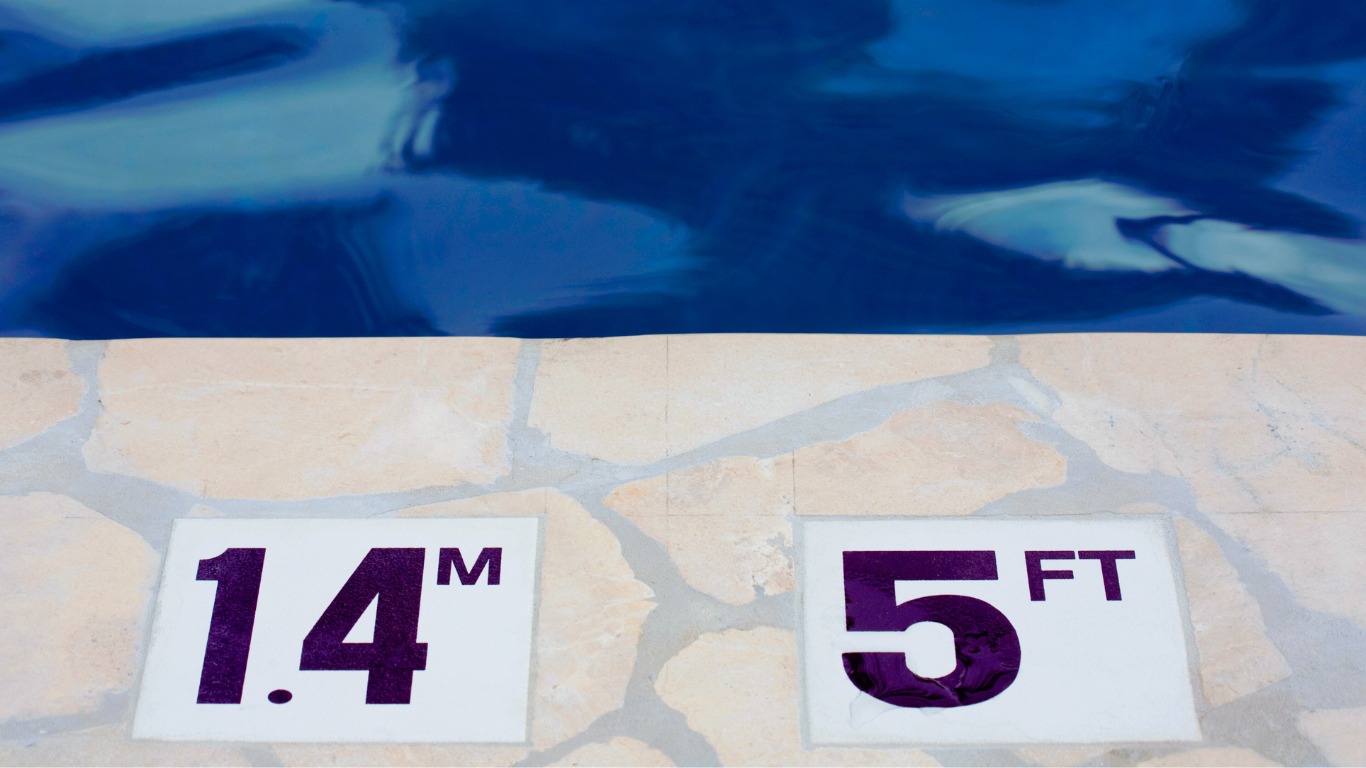 Calculate the volume of your pool to understand how much shock you will need. For every 10,000 gallons of water, you will require between 1-2 pounds of shock.
Calculate the volume of your pool to understand how much shock you will need. For every 10,000 gallons of water, you will require between 1-2 pounds of shock.
Step 2: Check Water Level of the Pool
 Ensure that your pool’s water level is at its normal height. If necessary, add or remove water to adjust it to the correct level. A proper water level is essential for effective circulation and filtration during the shocking process.
Ensure that your pool’s water level is at its normal height. If necessary, add or remove water to adjust it to the correct level. A proper water level is essential for effective circulation and filtration during the shocking process.
Step 3: Run the Filtration System
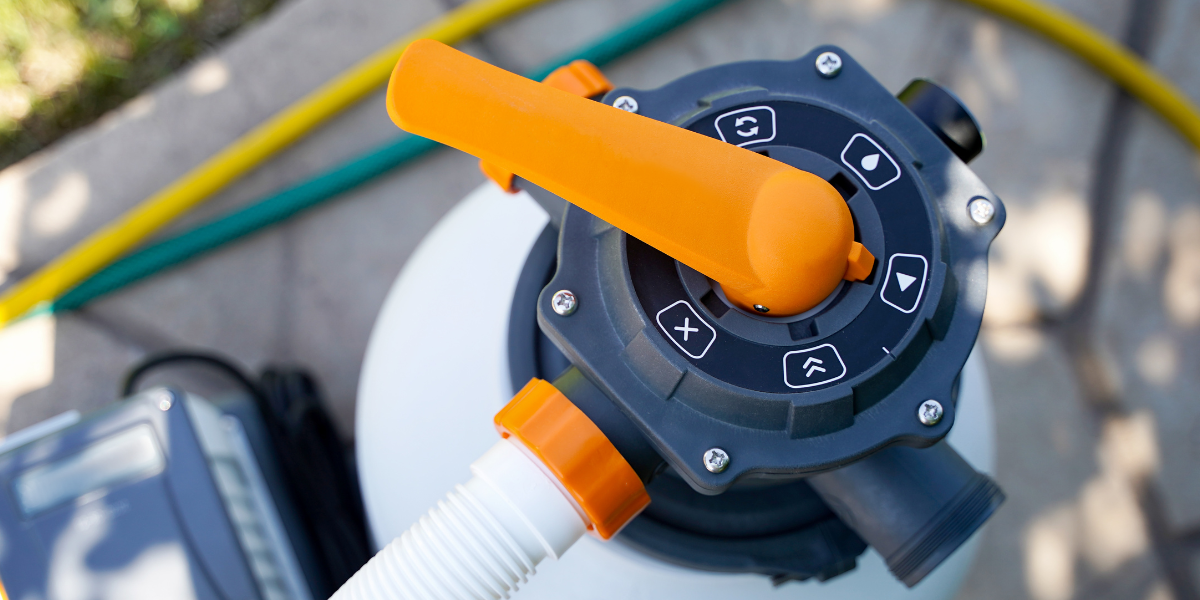 Before adding shock, make sure your pool’s filtration system is turned on. This helps circulate the water and distributes the shock treatment evenly throughout the pool, ensuring every part of the pool is treated.
Before adding shock, make sure your pool’s filtration system is turned on. This helps circulate the water and distributes the shock treatment evenly throughout the pool, ensuring every part of the pool is treated.
Step 4: Test Water Chemistry
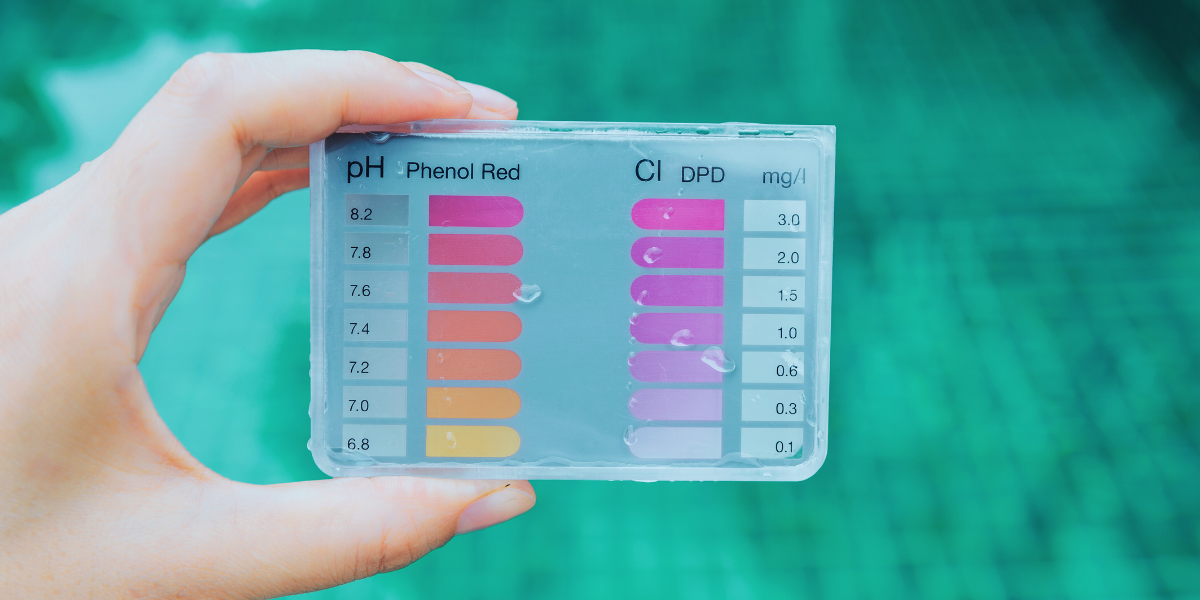 Measure your pool’s pH and alkalinity levels. The pH should be between 7.2 and 7.4, and the alkalinity should range from 80 to 120 ppm. Adjusting your pool to these levels before shocking helps maximize the effectiveness of the shock treatment.
Measure your pool’s pH and alkalinity levels. The pH should be between 7.2 and 7.4, and the alkalinity should range from 80 to 120 ppm. Adjusting your pool to these levels before shocking helps maximize the effectiveness of the shock treatment.
Step 5: Prepare the Shock Treatment
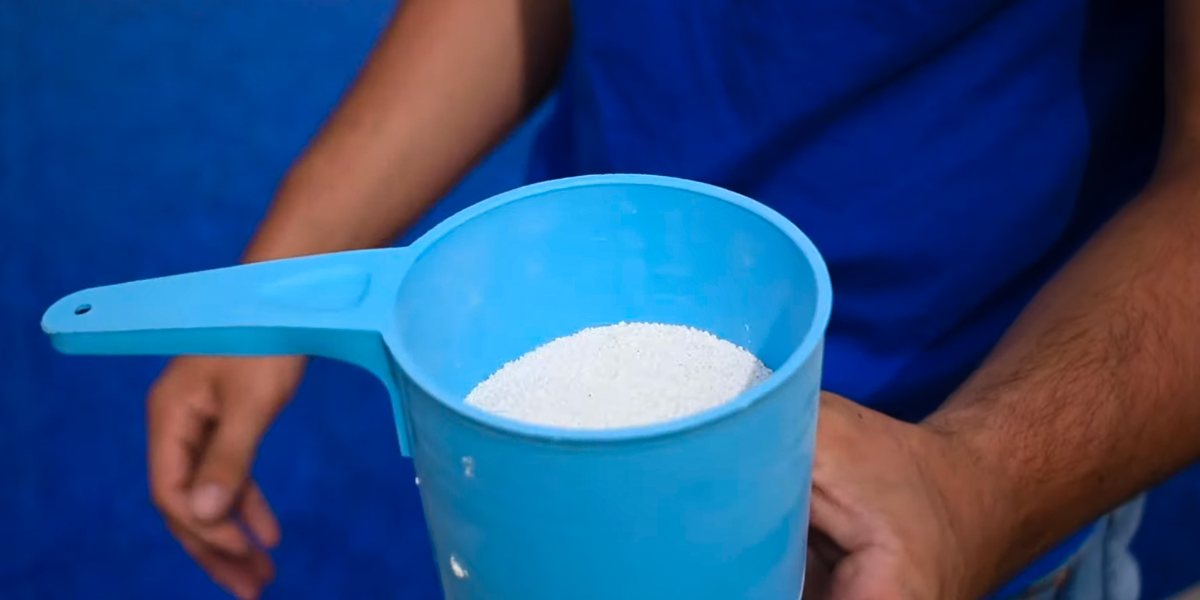 Follow the instructions on your chosen shock treatment product. Some products may require you to dissolve the shock in a bucket of water before adding it to the pool. This step is vital for the safety of your pool’s surfaces and for ensuring an even distribution of the shock.
Follow the instructions on your chosen shock treatment product. Some products may require you to dissolve the shock in a bucket of water before adding it to the pool. This step is vital for the safety of your pool’s surfaces and for ensuring an even distribution of the shock.
Step 6: Wear safety gears before Shocking Your Pool

When shocking your pool, prioritize safety by wearing protective gear, never mixing chemicals, and always adding shock to water. Follow the product’s instructions, keep children and pets away, store chemicals safely, and properly dispose of containers to ensure a safe and effective pool maintenance process.
Step 7: Add Shock to the Pool

After preparing the shock according to the instructions, evenly distribute it throughout your pool. If your shock needs to be dissolved first, pour the solution slowly around the perimeter of the pool to ensure wide coverage.
Step 8: Circulate the Water
Once the shock has been added, continue running the pool’s pump and filtration system for at least 24 hours. This circulation period is crucial for flushing out the bacteria and germs killed by the shock treatment. Remember, shocking kills bacteria but doesn’t remove them; the filtration system will take care of the removal.
Follow Safety Tips for Shocking Your Pool
Shocking your pool involves handling strong chemicals, so it’s important to prioritize safety to protect yourself and your pool:
Wear Protective Gear:
Always wear gloves and safety goggles to protect your skin and eyes from splashes or fumes. Consider wearing a mask if you’re sensitive to chemical odors.
Never Mix Chemicals:
Chemicals, especially different types of shock, should never be mixed together directly. This includes adding shock directly into a chlorinator. Mixing can cause dangerous reactions.
Add Shock to Water, Not Vice Versa:
If you need to dissolve shock in water before adding it to the pool, always add the shock to the water, not water to the shock. This prevents a violent reaction that can occur when water is introduced to concentrated chemicals.
Follow Manufacturer’s Instructions:
Carefully read and adhere to the instructions on the shock product. This ensures that you use the correct amount and add it to your pool safely.
Keep Children and Pets Away:
Ensure that children and pets are not in the area when you’re handling and adding shock to the pool. It’s best to shock your pool when no one will be using it for at least 24 hours.
Proper Storage:
Store pool chemicals in a cool, dry place away from direct sunlight and where children and pets cannot access them. Keep different chemicals separated to avoid accidental mixing and chemical reactions.
Dispose of Containers Properly:
Empty shock containers should be rinsed and disposed of according to local regulations. Never reuse empty chemical containers.
Maintenance Tips After Shocking
After shocking your pool, maintaining regular care will ensure your pool remains in excellent condition:
- Regular Testing: Keep testing your pool water 2-3 times a week to monitor its chemistry and adjust as needed.
- Keep the Pool Clean: Regularly skim the surface, brush the walls, and vacuum the floor to remove debris and prevent algae growth.
- Filter Maintenance: Clean and backwash your pool filter regularly to ensure it operates efficiently.
Troubleshooting Common Issues with Pool Shock
- Cloudy Water: If your pool remains cloudy after shocking, ensure your filter is working correctly, and consider using a clarifier to help clear the water.
- Persistent Algae: For tough algae problems, brush the pool surfaces thoroughly before and after shocking. Multiple treatments may be necessary for severe infestations.
Final Thoughts on Pool Shock
Now you know all you need to know about pool shock.
If you follow these tips for when to shock your pool, you will be able to maintain clear, clean water in your pool that you can enjoy.
Remember, it’s easier to maintain a nice pool than to fall behind and do the work to make a green and cloudy pool usable again.
At Pool Care Specialists, we help customers with pool services, installation, repairs, and restoration.
Contact us for a free estimate.
Pool Shock FAQ
What is the best way to put shock in your pool?
The best way to add shock to your pool is to follow the product-specific instructions on the packaging. Generally, you’ll want to dissolve the shock granules in a bucket of water before evenly distributing it around the pool.
How much chlorine do you need to shock a pool?
The amount of chlorine needed to shock a pool depends on the size of the pool, the current chlorine levels, and the specific shock product. Refer to the shock product’s instructions for the recommended dosage based on your pool’s specifications.
Is chlorine and shock the same thing?
No, chlorine and shock are not the same. Chlorine is a regular sanitizer used to maintain daily pool cleanliness, while shock is a high-dose treatment designed to rapidly boost chlorine levels and address specific issues like algae or bacteria.
Do I add chlorine or shock first?
It’s generally recommended to add shock first and then maintain regular chlorine levels. Shocking first allows for a rapid increase in chlorine concentration to address any pool issues, followed by regular chlorine maintenance for ongoing sanitation. Always follow product-specific guidelines.
How often should I shock my pool?
It is recommended to shock your pool every 1-2 weeks, depending on usage, weather conditions, and water quality. Regular shocking helps maintain water clarity and eliminate contaminants.
Can too much shock damage the pool?
Yes, excessive use of pool shock can damage the pool surface, equipment, and affect water balance. Follow the manufacturer’s guidelines and calculate the appropriate amount based on your pool size.
What happens if you don’t shock your pool?
If you don’t shock your pool regularly, bacteria and algae can multiply, leading to cloudy water, unpleasant odors, and potential health hazards. Shocking helps prevent these issues and keeps the water clean and safe.
Does shock raise pH?
Some pool shocks may have a high pH, which can temporarily increase the overall pH of the pool water. It’s essential to check the product specifications and, if needed, adjust the pH level after shocking.
Want More tips? Read other Articles


